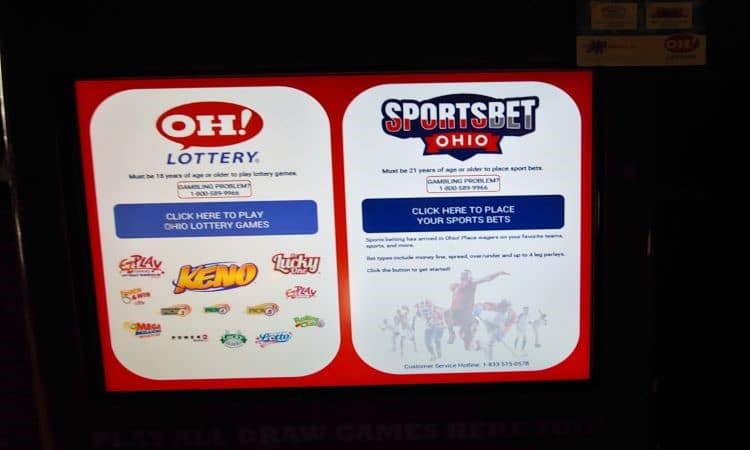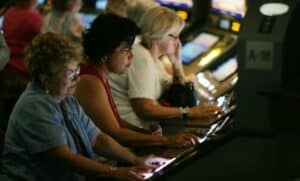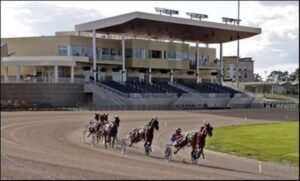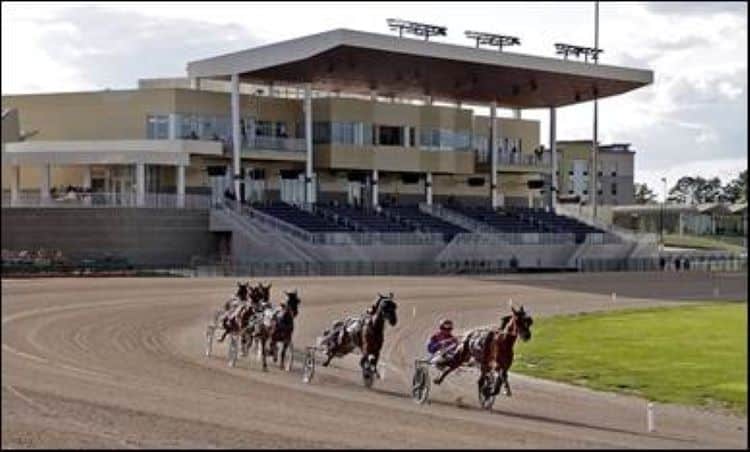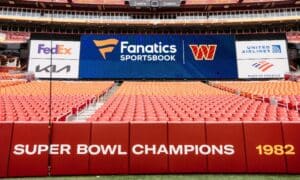Scott Hoss knows the money wagered on sports betting kiosks in bars and bowling alleys across Ohio won’t come anywhere near the volume on people’s smartphones and computers, but that’s not a concern.
Hoss’ company, Intralot, is by far the major source of Ohio Lottery-approved betting kiosks for the new industry that started Jan. 1. It has been a slow rollout in phases in terms of activating the equipment to start accepting wagers, which drew some complaints last month from businesses expecting to start sooner.
Hoss said Sports Bet Ohio, the brand used by Intralot in the state, now has kiosks in use in more than 700 locations. When all is said and done, the number could be more than twice that, said Hoss, interim general manager of Sports Bet Ohio, which the lottery lists as the supplier for 732 of 844 locations approved for operation thus far. Six other proprietors are authorized to distribute the machines, although not all have yet begun doing so.
In an interview with OH Bets, Hoss had no specific numbers to share on how much money the machines are making or are expected to make. For Sunday’s Super Bowl, he said, the Intralot machines took about $90,000 in bets and kept about $11,000 as gross revenue from losing wagers.
Aside from any sports betting profits, Hoss said the presence of the devices in hundreds of locations for small-time, convenience-oriented sports betting — which Ohio has embraced in a way unlike any state before it — should be a nice revenue boost for the venues hosting them, which also serve alcohol. Typically, a television will be on nearby for viewing by a patron placing a wager.
“It’s more about having a positive customer experience through adding sports betting – getting butts into seats, having them stay longer,” Hoss said. “I think that’s the bigger advantage than the actual commission” that host sites receive from partnering.
There are limits to Type C betting
When Ohio became one of three dozen states with legal sports wagering, it recognized like most before it that a majority of people would want to bet on their phones or computers (known as Type A betting in Ohio) and that it would be a major asset for retail casinos and racinos (Type B betting) where plenty of gamblers were already present for other reasons.
But with what is known as Type C sports betting, the state added something most others don’t have: the ability to place bets at a wide range of lottery retail locations, from bars to bowling alleys to supermarkets. The rules applying to such bets, however, are more limiting than for the other means of wagering.
For one thing, customers are limited to placing a maximum of $700 in wagers in a week. Also, bets are limited to those on point spreads, moneylines, point totals, and parlays with no more than four outcomes involved. There are no prop bets, live bets, or futures bets.
For the above reasons, big-time gamblers won’t typically be drawn to the kiosks.
“I can say our target is the bar culture, whether you’re in that bar to watch the game or play Keno,” Hoss explained. “Everyone that’s in the Type C realm is looking to capture as many of the locals that frequent bars as they can. … Our assumption is that our players aren’t the sharps.”
While Sports Bet Ohio has only been handling bets a short time, with all of its host sites not activated until this month after a gradual start from early January, Hoss said it’s become clear that the bettors are most interested in games involving local teams — which can mean college basketball teams like Toledo or Bowling Green, just like the Cleveland Cavaliers.
Intralot had a leg up in Ohio
Hoss acknowledged that Sports Bet Ohio had an inherent advantage over its competitors in the new business, such as BetIGG of Iron Gate Gaming and UBet Ohio of Green Bear Gaming Development. Through its longtime role as a supplier to the Ohio Lottery, Sports Bet Ohio already had a working relationship with many of the host sites containing its equipment.
He said that in most cases, Intralot was able to remodel its existing lottery machines at host sites to display a sports betting option side by side with traditional lottery play.
After scanning a driver’s license to prove they are at least 21, players can insert cash or a credit or debit card to place a sports bet. Winning wagers are then generally paid off by turning the bet slip over to an employee at the host site, though other Sports Bet Ohio locations or Ohio Lottery offices can be used.
Hoss said that in marketing the program to potential sites, Intralot offered to pay the $1,000 licensing fee they would owe. It also told potential hosts that if they had a negative revenue week in terms of bettors winning more than they lost, they would owe no money to Sports Bet Ohio.
Hoss explained that the host sites are generally in a partnership with Sports Bet Ohio in which the location keeps 10% of revenue as a commission. In most cases, there should be positive revenue thanks to the house edge traditionally involved in sports betting. Intralot, a longtime sports betting operator in other countries before the U.S., has its own in-house trading team that sets the odds and manages risk for Sports Bet Ohio.
The greater the volume of betting, the better it usually is for the operator. Hoss acknowledged that some host sites had imagined volume would be higher than has been the case so far, but he said that’s partly a reflection of how little marketing has been done for the kiosk option so far. He said Intralot wanted to be sure the addition of the Sports Bet Ohio option would work well on the former lottery-only machines before advertising them more widely.
“We think with marketing and a little bit more time on the market, it’s going to be better,” Hoss said of the usage. “It’s just not going to be the same as DraftKings, FanDuel, and all of the big guys.”
Photo: Gary Rotstein


